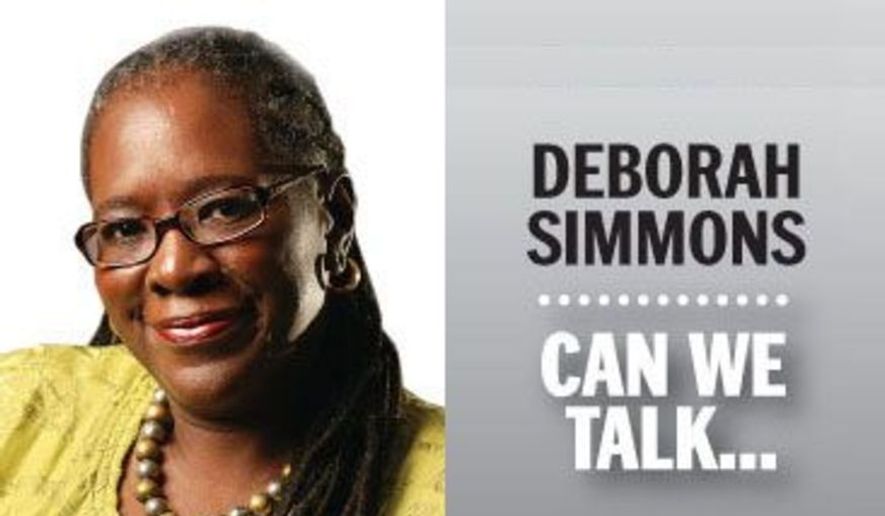As expected, President Trump’s decision to repeal the Deferred Action for Childhood Arrivals (DACA) immigration policy is causing quite a kerfuffle. What you might not have heard, though, is that Mexico is sending its own message: Ven a casa — “Come home.”
Cup your ears and you probably won’t hear an echo, however, and that’s because the loudest voices in the United States are those criticizing Mr. Trump’s decision to urge Congress to reverse the Obama administration’s child-immigration executive order.
The policy’s advocates support DACA because it effectively holds children blameless if they were brought to America through no fault of their own, and because it allows them to live the American dream right here in the U.S. by receiving a free education, free health care and other entitlements.
There are numerous other reasons, too, including freedom and liberty, employment opportunities and becoming bilingual (while many young people can barely read and write English).
Interestingly, the day after Attorney General Jeff Sessions explained the Trump DACA rescission plan, the government of Mexico laid out its welcome mat.
Mexico even has a U.S. border plan, and it includes a wall, but not the kind you imagine.
These walls will be consist of information centers at repatriation points on the U.S.-Mexico border and at Mexico City’s international airport, and they will offer educational and other advice to those who want to return to the homeland.
There is much on the educational front on offer.
For starters, enrolling for free elementary and secondary schooling in Mexico will be easy, and seeking higher education is encouraged. Also, as in the U.S., Mexican returnees won’t be burdened with documentation and having to prove they are who they say they are.
And here’s another part of the script that is being flipped. Whereas U.S. public schools have taught nearly three generations of non-native speakers, Mexico is enticing DACA beneficiaries to return home to teach English in Mexican schools and to train Mexican teachers. (Hmm. Quid pro quo?)
In addition, Mexico is offering returnees financial aid and help in finding employment.
Viewing immigration through a single lens, however, doesn’t offer a full view from the U.S. perspective. Most DACA beneficiaries are adults, Mr. Sessions said last week, so it was quite easy for Mexican authorities to draw upon what their own people herald as living the America dream.
The bottom line: America must end the kerfuffle that America started.
Mexicans aren’t the only Dreamers in this country. There are young people of African, Asian, South American and European descent here as well. America’s borders are open to all, as the borders were long before Barack Obama arrived on the scene.
The Trump administration may not want a fight, but it certainly has begun one with DACA. Democrats and Republicans are now on notice to prepare for battle during the 2018 election cycle — and not solely against illegal immigrants from Mexico.
According to Prideimmigration.com, the bulk of immigrants (including illegals) coming to the U.S. are from: Mexico, the Philippines, India, China, the Dominican Republic, Vietnam, Cuba, El Salvador and South Korea.
They come from there to here. They assimilate into American life, getting great educations and building promising careers, while buying homes and raising families.
Mexico clearly hopes its expats will do the same back home, basing its re-entry program on U.S. models.
The question that must be asked is why the U.S. education model succeeds for foreigners and fails so many born here.
If Americans solve that conundrum, perhaps they economy won’t depend as much on foreign-born, American-taught knowhow.
• Deborah Simmons can be contacted at dsimmons@washingtontimes.com.
• Deborah Simmons can be reached at dsimmons@washingtontimes.com.




Please read our comment policy before commenting.